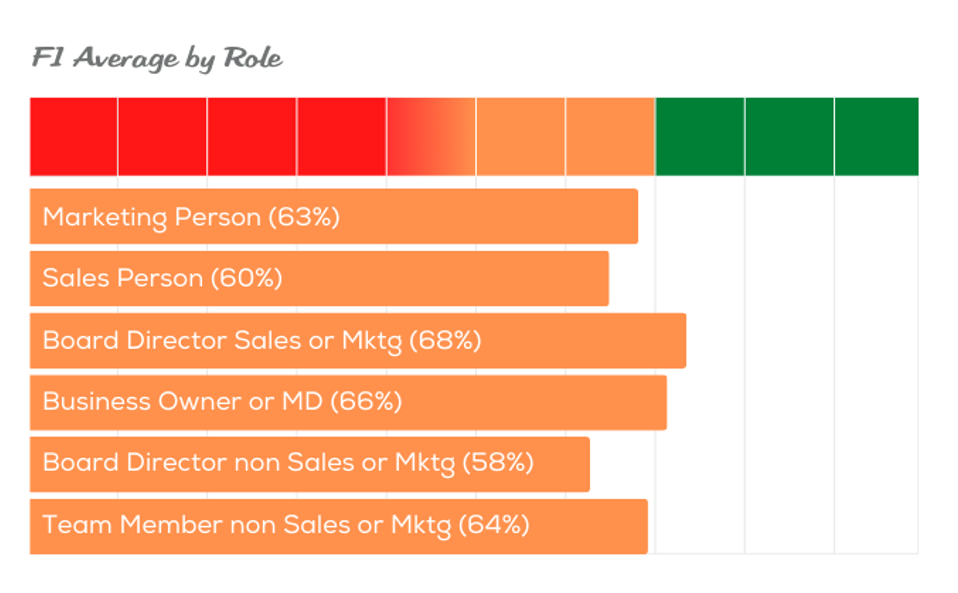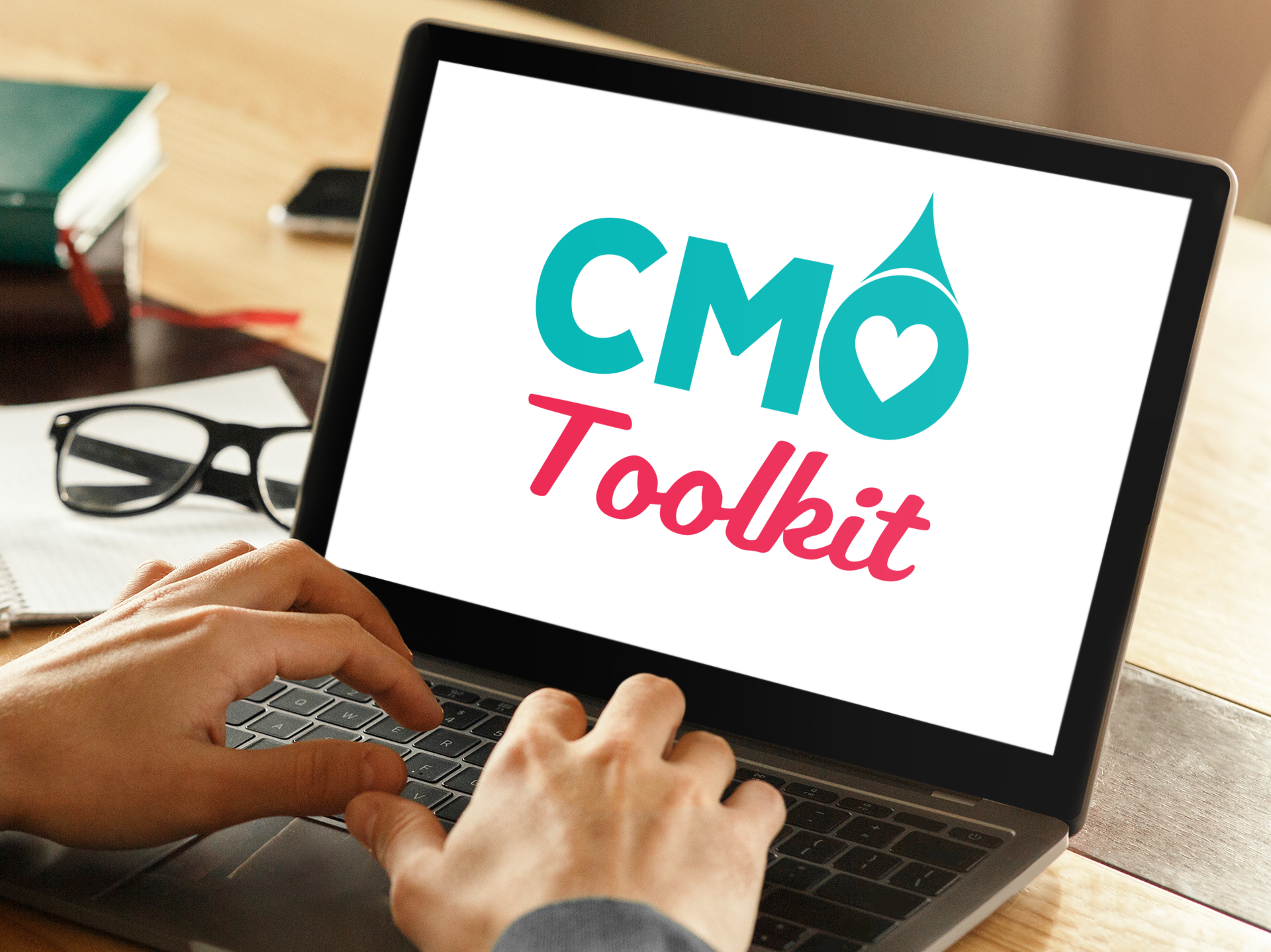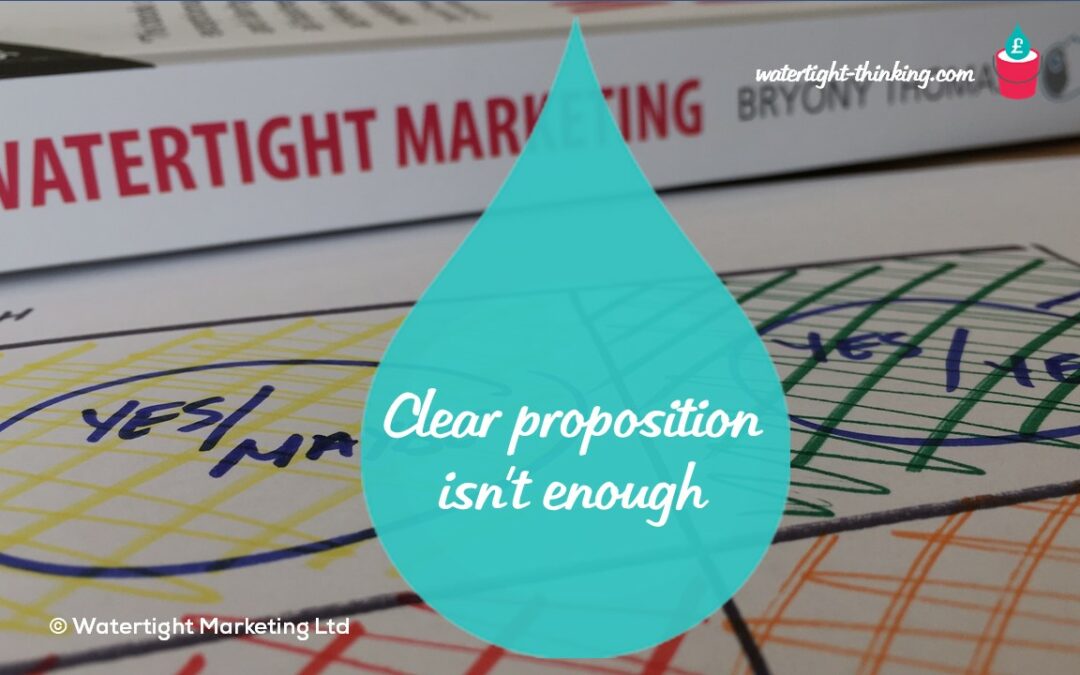Reading Time: 6 Minutes
When we published our research paper last autumn, one of the key takeouts was that having a clear proposition wasn’t enough. Even when the leadership team and senior marketer are clear on what you’re selling and to whom, this doesn’t guarantee an effective marketing plan. In this blog we delve deeper into why this is and what you can do about it.~ Rachael Wheatley | MD, Watertight Business Thinking
In our Flow Foundations model, one of the two strategic pillars is the First Flow Foundation: The Right Work. For us, a healthy client mix is one that serves both profit and purpose. That means that great clients are not only good for the business bank balance, they are also motivating and energising for the people in your company who do the work. This Foundation answers the question: what are we selling, to whom?
In our research only 37% of respondents felt crystal clear about their answer to this question. Even for this group, it didn’t follow that their marketing planning was also green. In fact, they were much more likely to have amber-rated planning and operations (57%).
So, having clarity around what you’re selling to whom is not enough for effective and efficient marketing. You have to make sure that clarity is woven into the marketing plan – through detailed customer characterisations, your messaging and into the setting out and articulation of your proposition and then regularly analysing your clients, products and services according to agreed criteria.
The communications gap
Whilst it’s true that MDs and marketers might have a clear sense of profitable and energising work, non-marketing colleagues at any level understand this less well.

There’s a 5% gap between board level marketers and their marketing people and an 8% gap between them and sales people. That means even if your leadership team is clear abiyt what you’re selling, to whom, it’s not always making its way to your team on the ground who are doing the marketing and involved in selling. That’s quite an important gap to fill! Plugging it will result in a more joined-up plan and more effective, focused marketing and sales.
Two things to note here:
- There needs to be a common understanding and agreement at board level of what you’re selling and to whom. That is, what profitable and energising work is and a clear proposition (features, benefits, at what price, with what outcome), articulated in a way that resonates with customers.
- Sharing those definitions and that proposition with the wider team below board level. Not only does it need to be communicated to the marketing and sales teams, it also feeds through in various ways to customer service, finance, IT, HR and operations. These teams also need to be aware of what you’re selling, to whom, and how that is relevant to their jobs.
Those percentages might not seem much but that communications gap will undermine the effective translation of your business plan into action.
There are wider implications, too, in our research findings.
Do you want profitable or energising work, or both?
It’s all very well if you’ve clearly defined what profitable and purposeful work is – and the average score for this from our respondents was a high amber – but unless you use those definitions to qualify inbound enquiries, you won’t realise the benefits of that clarity.
The big piece that we often see as missing here is the energy piece. The lowest scoring question in this Foundation from our research findings was “How well do you qualify incoming enquiries by whether the work will be enjoyable or energising?”. The results showed a 30% difference between how clear people were on what was energising work and whether they then used that definition to select or filter out the right prospects.
It seems much easier for people to define what profitable work is (although even that isn’t universally or consistently done) and then to qualify enquiries by this definition than it is for people to consider that energising work is also important to business health. It’s harder to turn away work that you know will be profitable. However, your team cannot do their best work if they are demotivated by the work they do or the customers they deal with. This has an knock-on impact on productivity and satisfaction and therefore, ultimately, profitability too.
Translating agreed definitions into strategy and planning
Once you have defined what profitable and motivating work is for your company, it begs the question whether all of your clients could be considered both. If they aren’t, what will you do about it? Letting your people continue to deal with difficult clients saps their energy and shows a failure of strategy in favour of the easier path of the status quo.
Work that is profitable but not energising requires a different approach. You want to systemise this work, not focus most of your marketing, sales and service efforts on it. And yet, this is precisely what some companies are doing: doing profitable work, thinking that is enough and spending most of their time, money and energy on delivering for those clients. This is the business equivalent of reaching for ready-made processed foods. It doesn’t nourish your energetic resources that will enable you to thrive in the long-term.
See: How do you find clients that sustain you energetically and financially?
The three actions to take
- Be sure your leadership team are all really clear about your audience and proposition and ensure this is embedded within your plan and activities.
- Define and agree what profitable and energising work is and ensure that everyone who needs to know is clear what this means in practice: saying yes to enquiries or potential work that fit these definitions (or no to the work or clients that don’t); and turning away work that doesn’t fit with your values or won’t help you towards your vision. You’re looking to ensure your people know the boundaries in which to operate and any red lines. They often need an explicit mandate to feel they can say ‘no’ to certain work.
- Communicate these definitions, your focus audience and proposition to the rest of the business, discussing what the implications are for each different team.
These three actions will ensure what you sell, to whom, is clear, shared and woven into your plan and processes, resulting in truly effective marketing and a growing percentage of paying clients who are both good for your bank balance and motivate your people.
Download the research paper here

Subscribe to the CMO Toolkit
Would you like to get your hands on the tools, frameworks, templates, workshop packs, slides, and analysis tools we use with our clients? It’s all waiting for you.

Rachael Wheatley
Managing Director, Watertight Thinking
Rachael brings over 30 years’ of marketing experience, with a particular focus on building and developing effective marketing teams that are able to act as a strategic driving force across an organisation. She has worked with Watertight since 2014 as a Master Practitioner and joined the business as MD in 2022.


